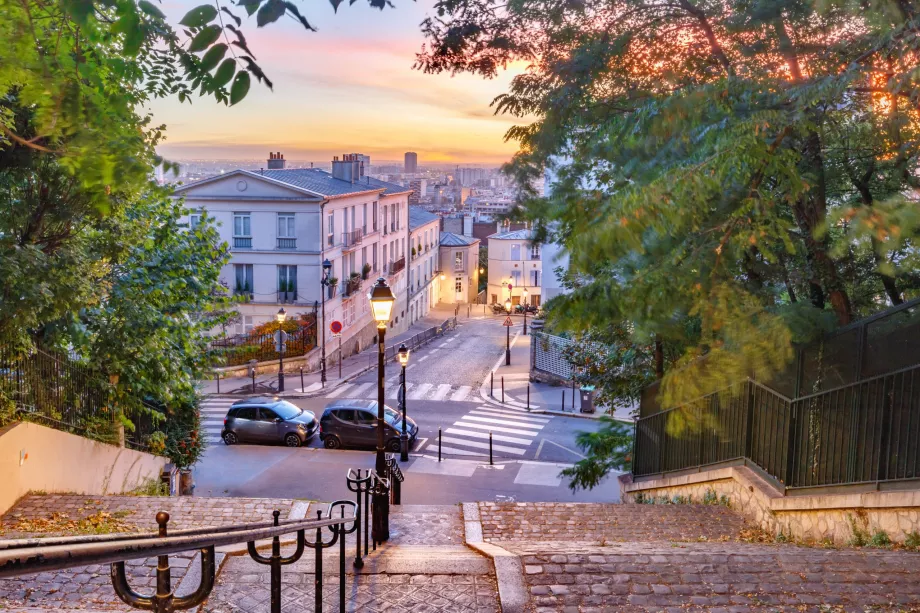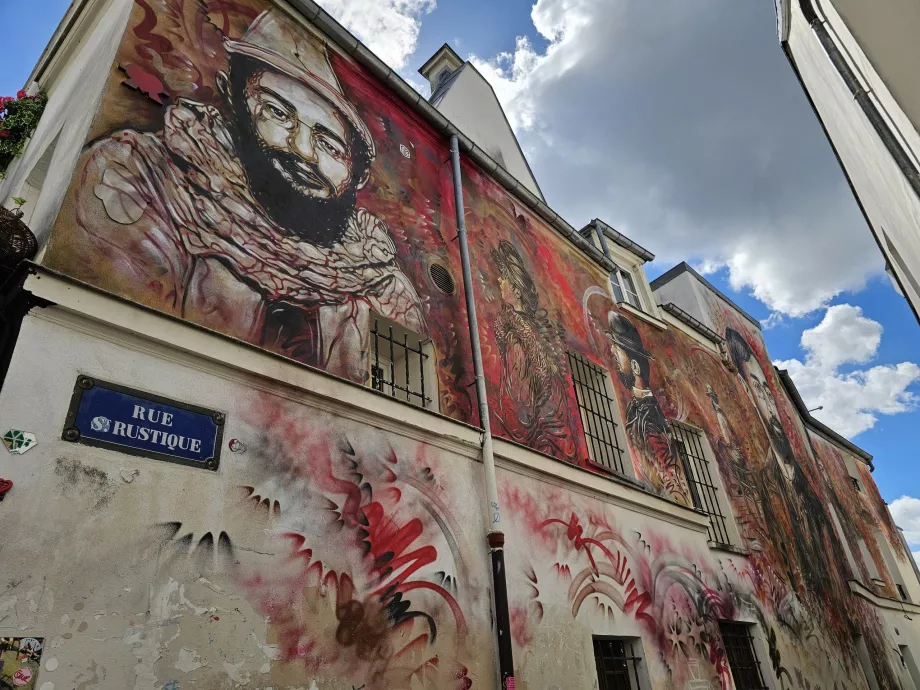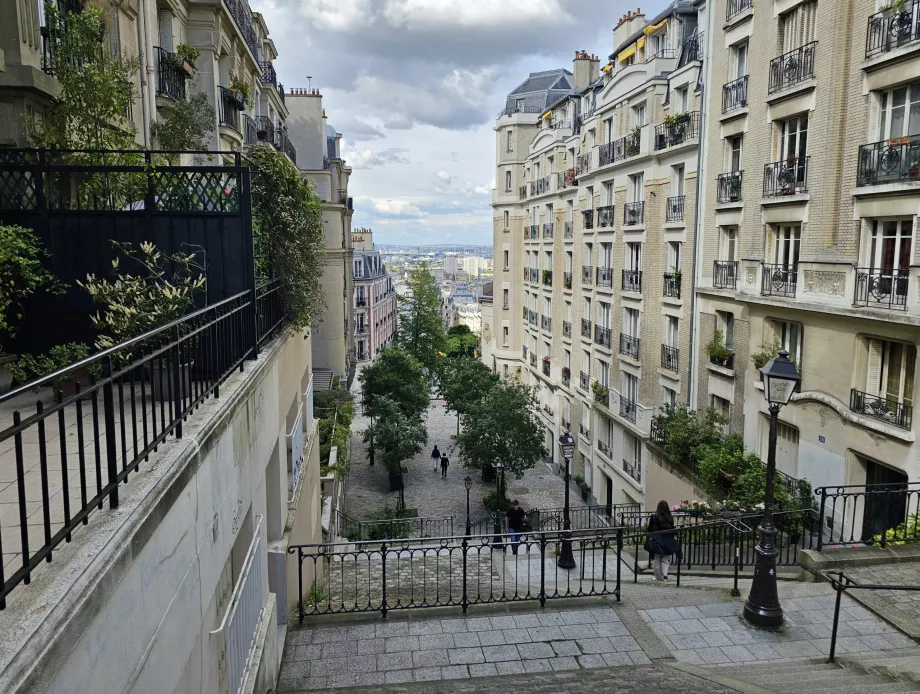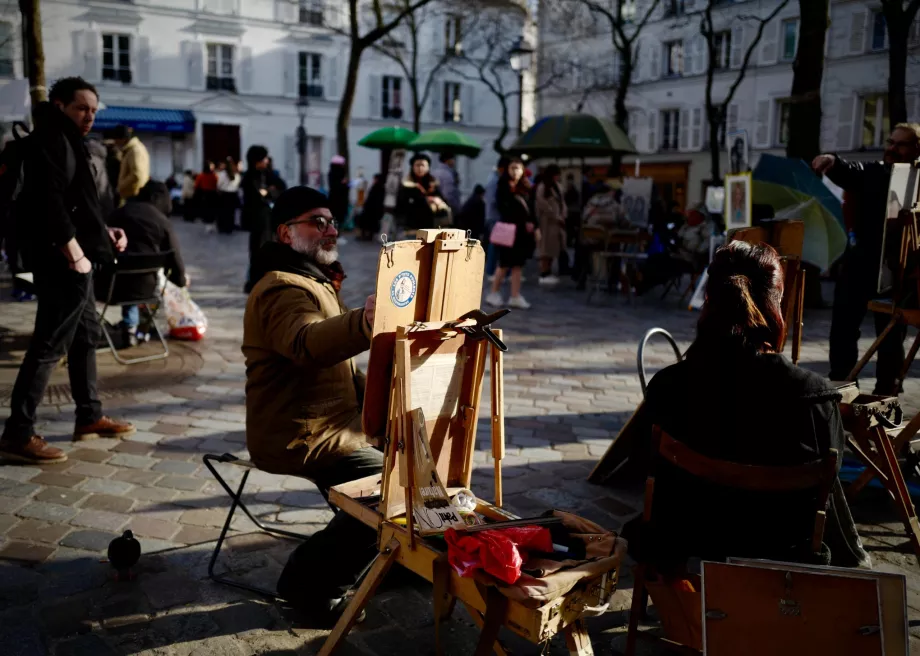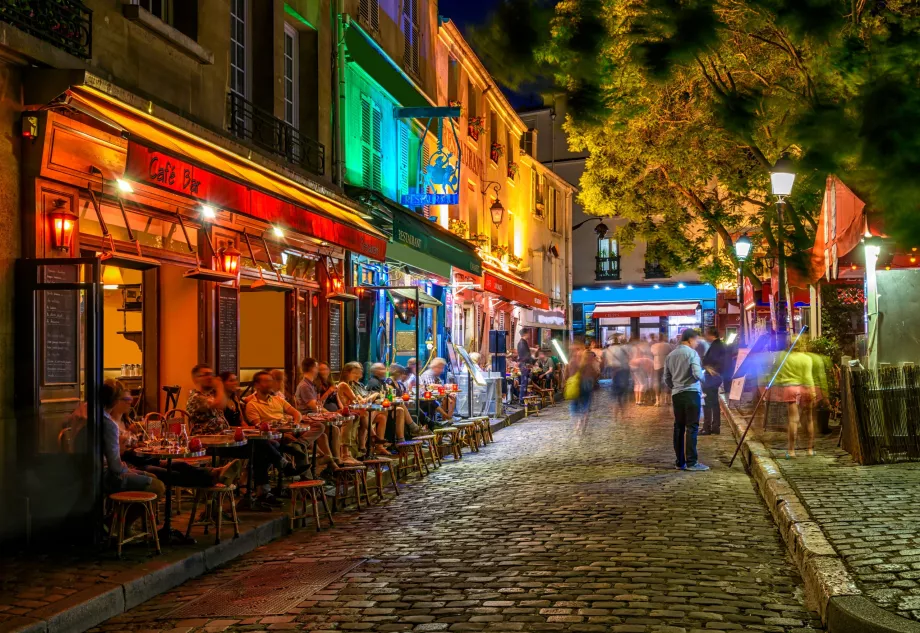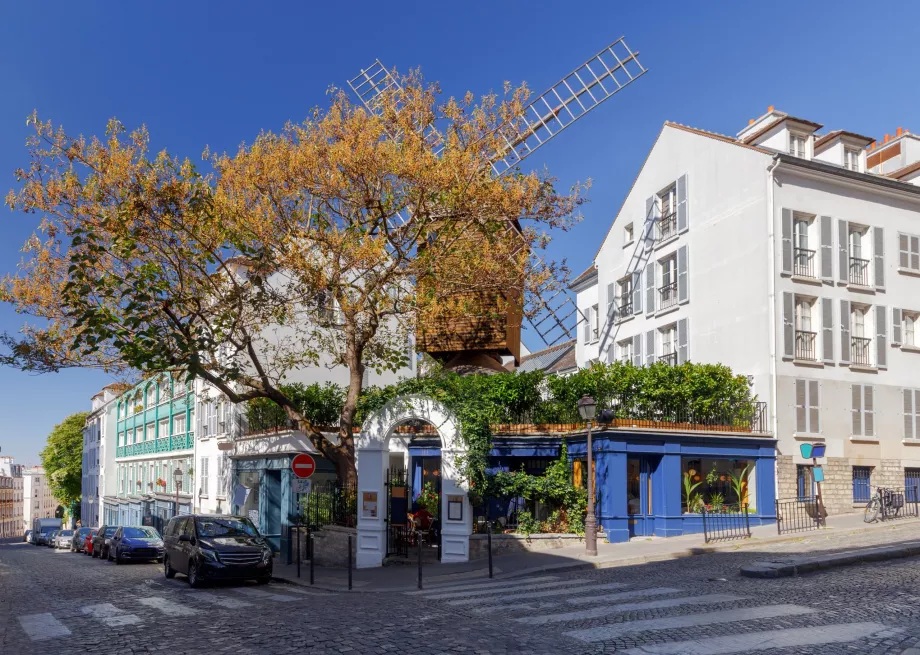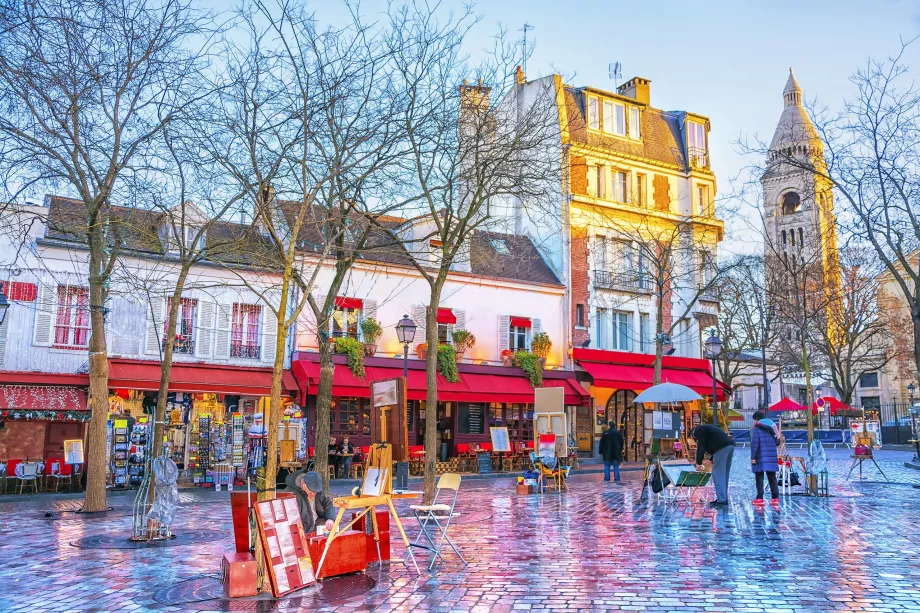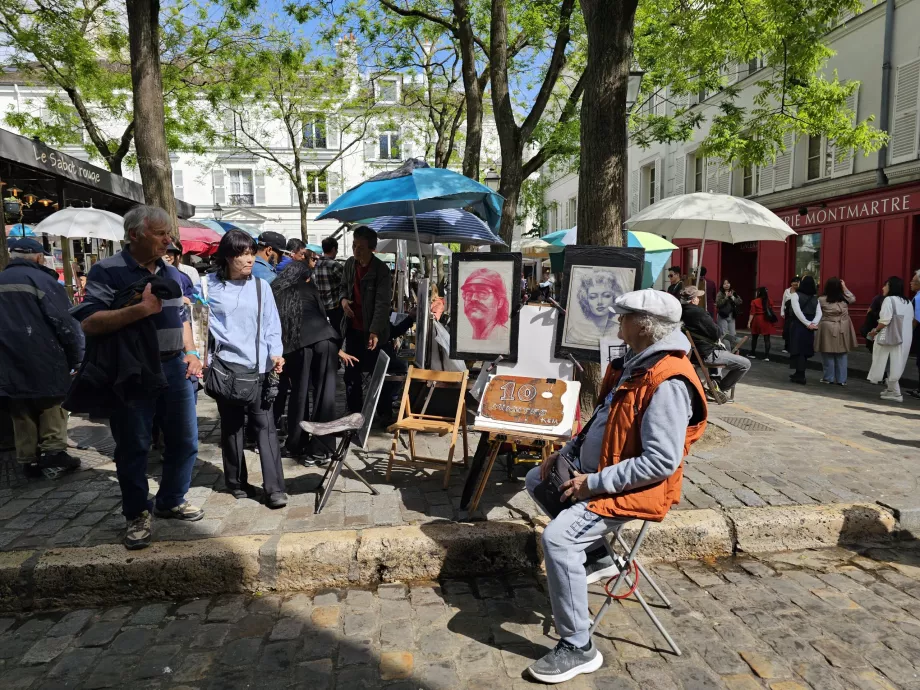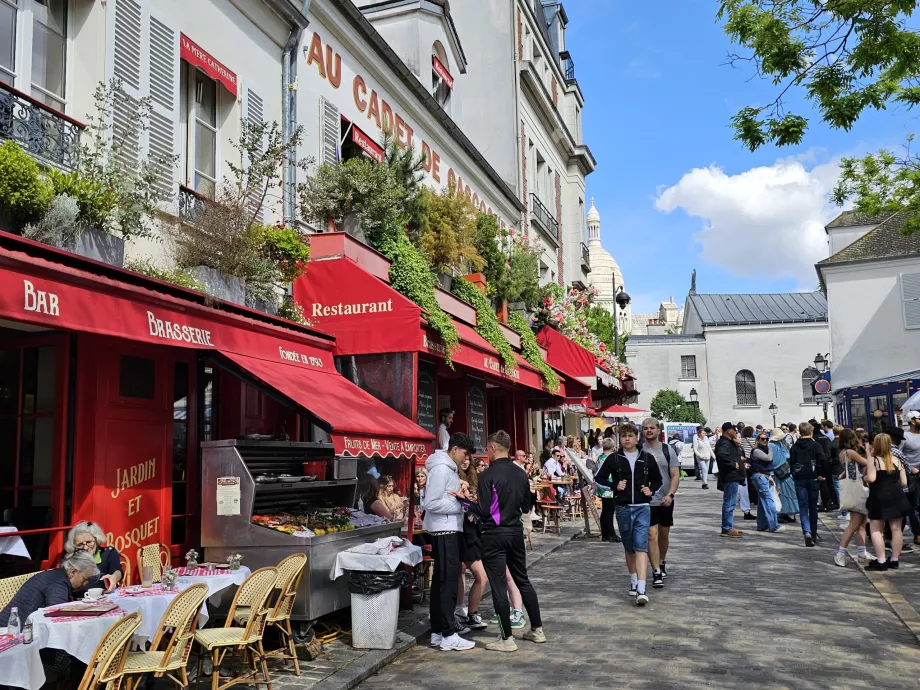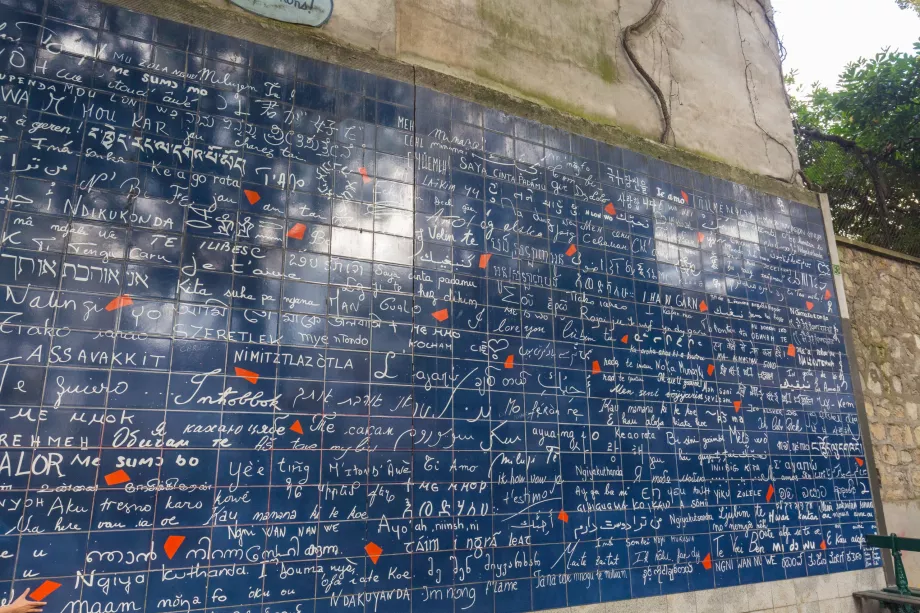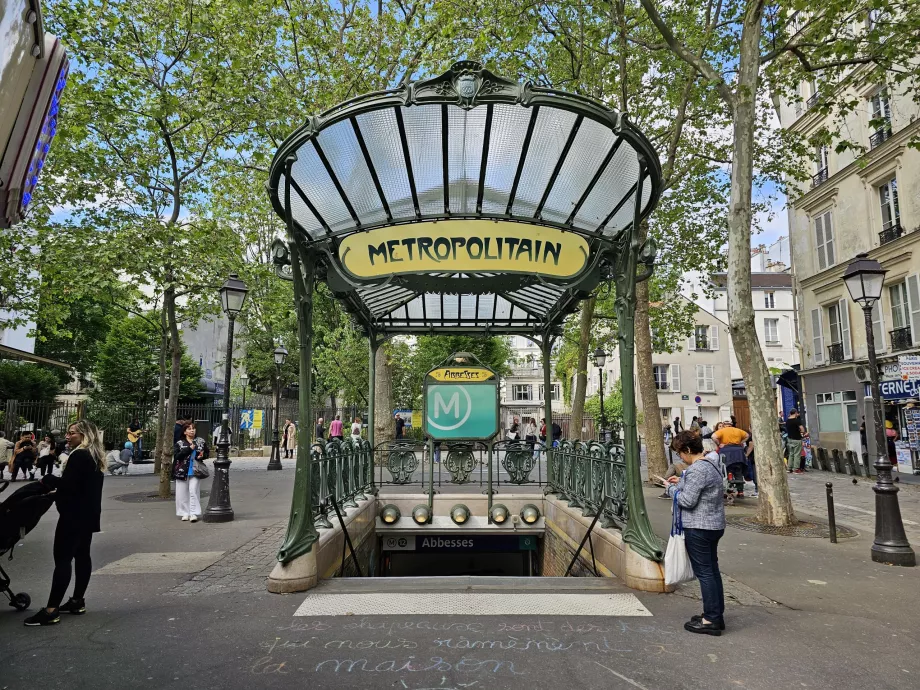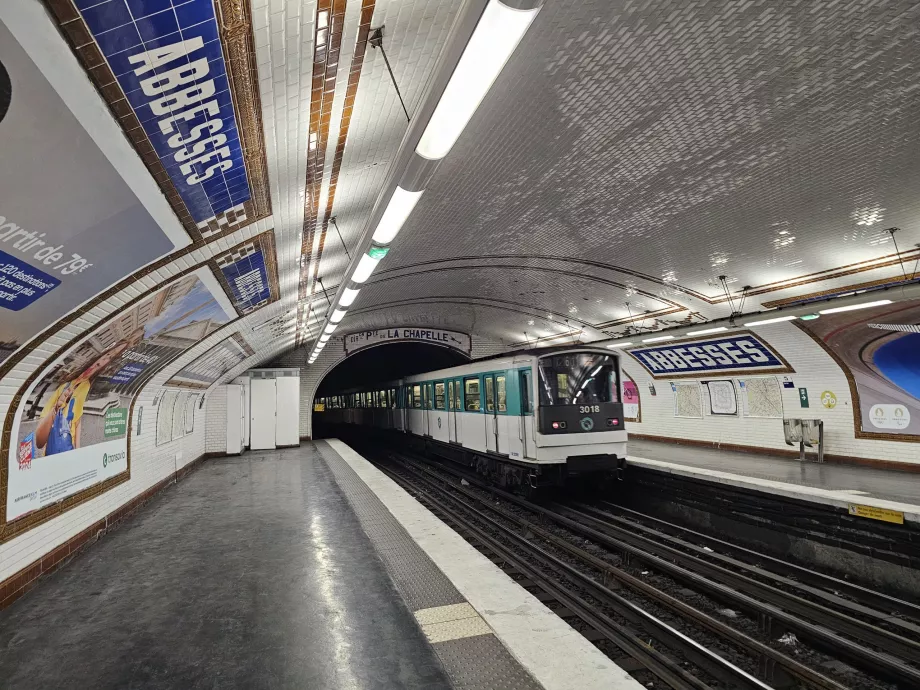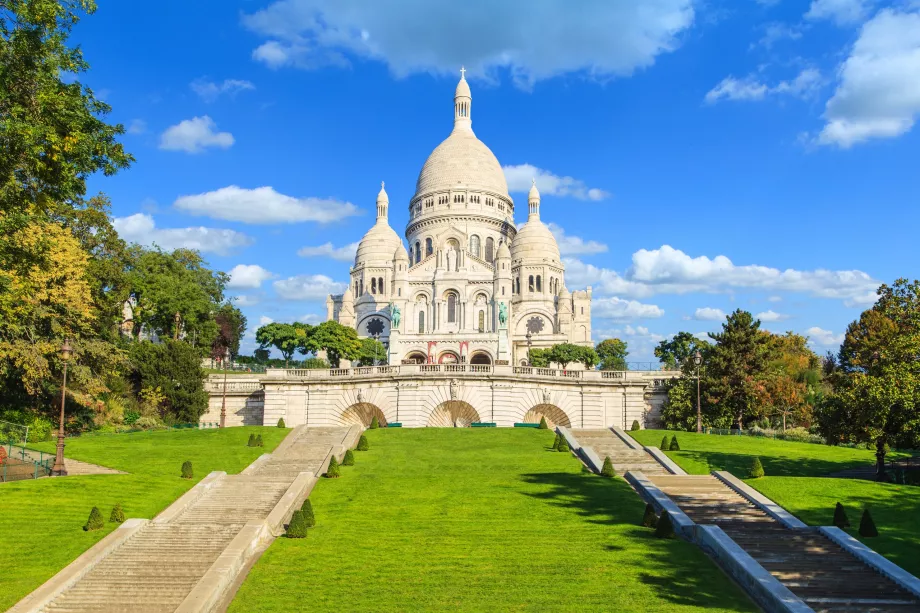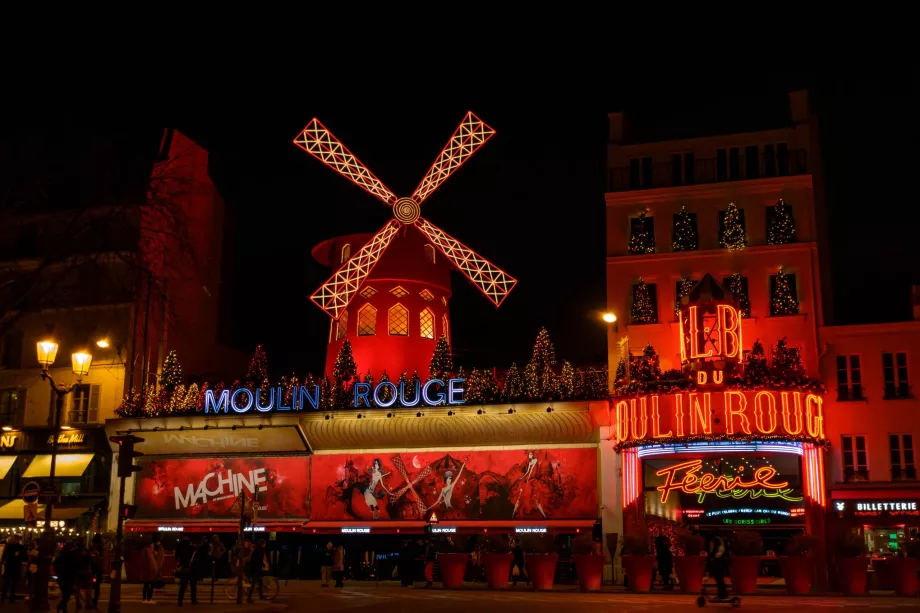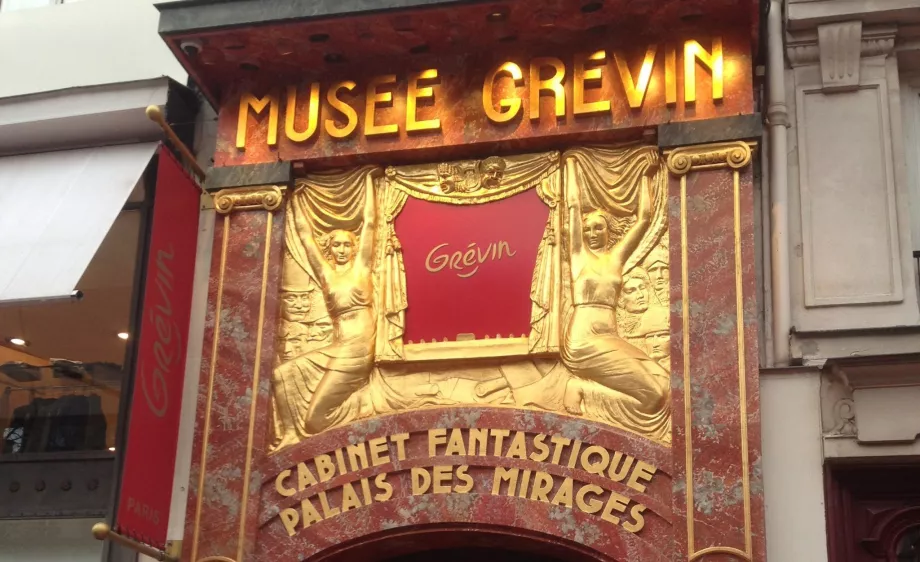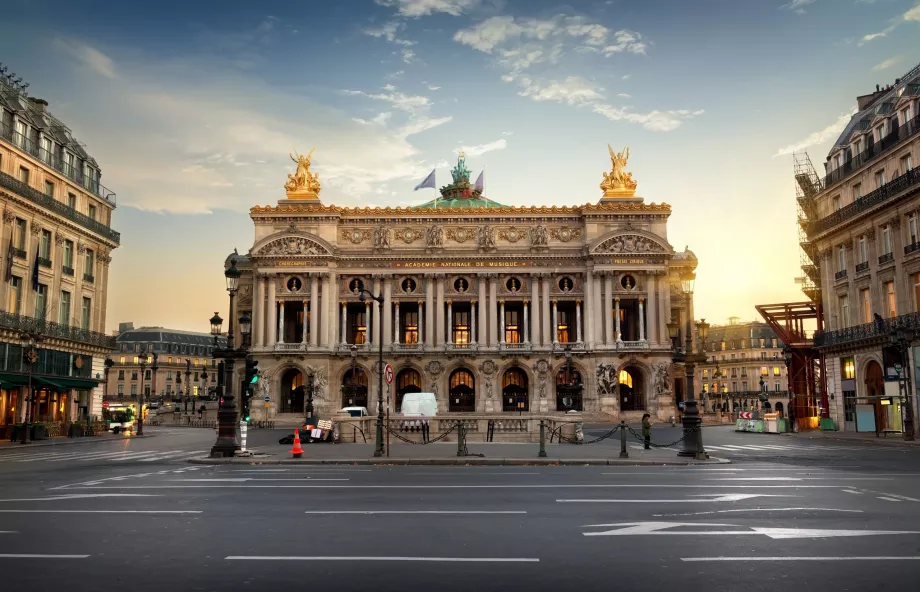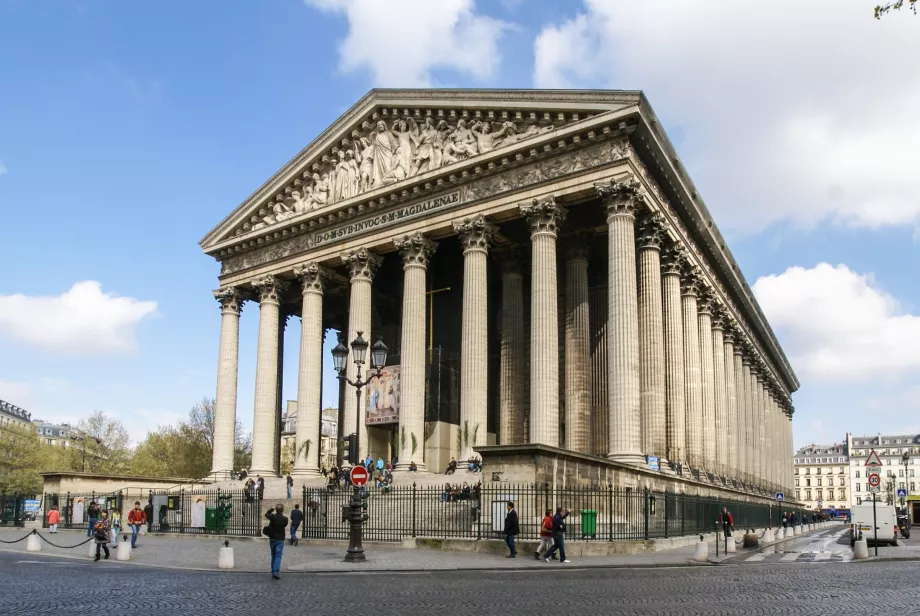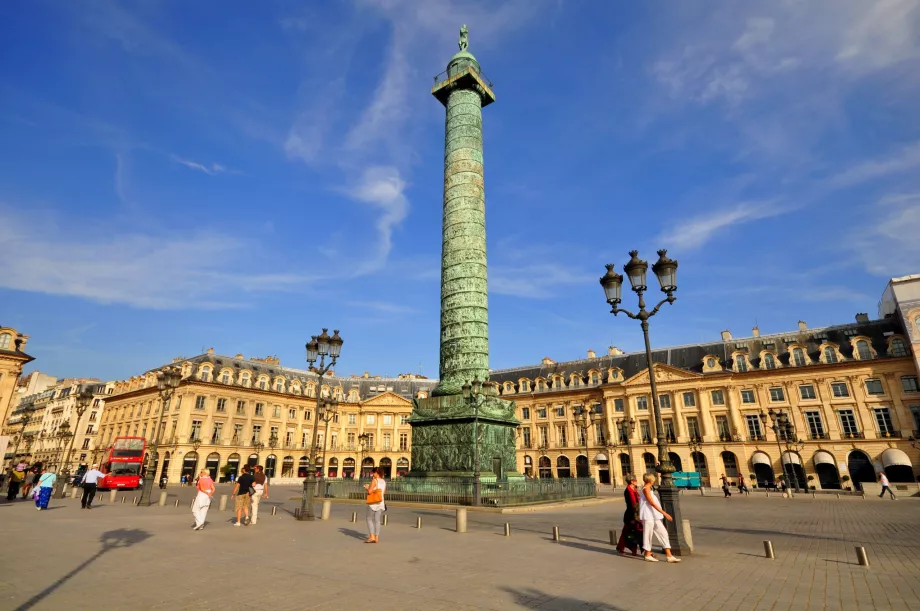Montmartre
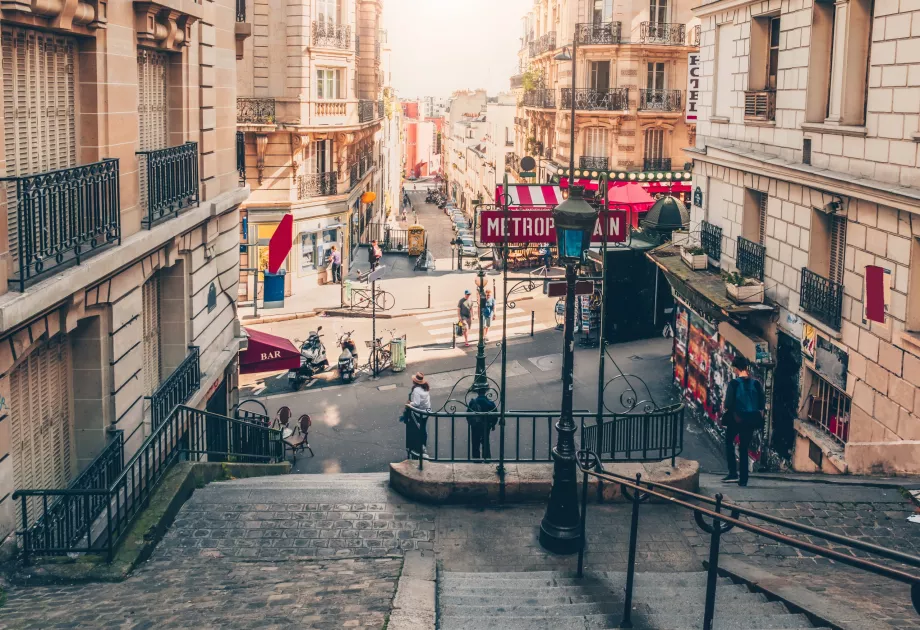
Montmartre is a historic district and one of the few hills in Paris. The area used to be full of vineyards and gardens where windmills stood, which can still be found today and are still an icon of the district.
Then, housing developments began to spring up and the place became famous mainly for the artists who lived in their studios and lived a bohemian life. Among them, Claude Monet, Vincent van Gogh and Pablo Picasso.
Officially, today it is a small historic district, which rises on the eponymous 130-metre-high Montmartre hill.
The Montmartre district is one of the most popular places in Paris today and a visit to it is definitely not to be missed.
Narrow streets and hundreds of steps
Montmartre is different from other neighbourhoods in Paris at first sight. When Paris was booming, architect Georges-Eugène Haussmann designed its urban structure in the form of wide boulevards, monumental parks and squares.
However, Montmartre was not part of Paris at the time and escaped this development. After all, most of Paris is on the plain, whereas Montmartre is on the slopes, so it would have been impossible to build wide boulevards there anyway.
Thus, to this day, it remains a district with romantic narrow and winding streets, alternating every few steps with stairs and avenues of trees.
Bohemian Artists' Quarter
Montmartre has retained a bit of a bohemian feel to this day. The tradition of the artists' quarter persists from the turn of the 19th and 20th centuries, and you'll still come across hundreds of street artists on the streets today. Painters, for example, are most concentrated in the Place du Tertre, while melodies of various genres are carried by the instruments of musicians from the many alleyways across Motnmartre.
The relaxed atmosphere is accentuated by dozens of art and classic cafes, bars and restaurants.
Sights and attractions
One vineyard (La Vigne de Montmartre) on Rue Saint-Vincent is still preserved.
Also preserved are the last 2 19th century windmills - Le Moulin Blute-Fin and the adjacent Le Moulin de la Galleta with its restaurant.
A place that is probably not for everyone, but definitely one of the frequent visitors, is the Montmartre cemetery. Not only do you find many beautiful tombs here, but many famous people from France are buried here.
At the very top of the hill is the famous Sacré Coeur Basilica. If you're more interested in the history of the district, visit the Montmartre Museum a short walk from the basilica.
Where it really comes alive is the district's main square , the Place du Tertre, located a short walk from the basilica. In fact, the square is surrounded by many cafes and restaurants with front gardens. Local street artists and portrait painters hang out here, entertaining tourists and locals alike.
There's a reason Paris is called the city of love. One of them may be a visit to the Wall of Love (Le Mur des Je t'aime). The word "I love you" is written on the wall in 250 languages and there are often queues of couples in love from all over the world trying to find their "I love you". The Wall of Love can be found in the little park next to the Abbesses metro station (line 12).
Accommodation
Montmartre is one of the most popular places for romantic accommodation in Paris. You'll find mainly smaller 2* to 3* hotels here, but in the vast majority of cases they are nice and well rated. If you don't mind having to walk up a short hill every night, then you've found the best place to stay romantically. Hotel prices here start at about 75 eur per night for 2. We pick the best deals for you:
- Hôtel des Arts Montmartre - one of the best-rated yet cheapest 4* hotels in a quiet part of Montmartre.
- Regyn's Montmartre - a lovely 3* hotel right on the square by the Wall of Love in the heart of Montmartre
- Best Western Le Montmartre – Saint Pierre - the ideal choice if you prefer multinational chain hotels
How to get there
There are several metro lines leading into the district, but you'll always have to walk uphill, it's just Montmartre.
Among the most beautiful Art Nouveau-style stations is Abbesses. Line 12 runs through this station, which you can use for the following directions:
- Place de la Concorde, Champs-Elysées, Tuileries Gardens, Church of the Madeleine, Musée d'Orsay, Opera Gariner, Tour Montparnasse
- Gare Saint-Lazare, Gare Montparnasse
You can also use the following metro stations:
- Anvers - line 2
- Arc de Triomphe, Bassin de la Villette, Nation, Père-Lachaise Cemetery
- Château Rouge - line 4
- Chatelet, Notre-Dame, Sainte-Chapelle, Conciergerie, Latin Quarter, Catacombs, Porte d'Orléans
- Gare du Nord, Gare de l'Est, Gare Montparnasse
What to see around
Discover all the places to see in Paris.
Any questions left?
If you have any questions or comments about the article...


